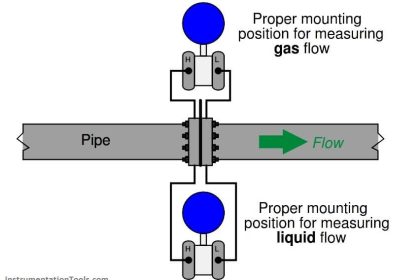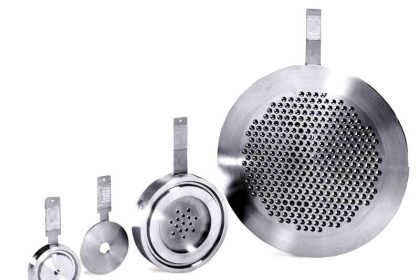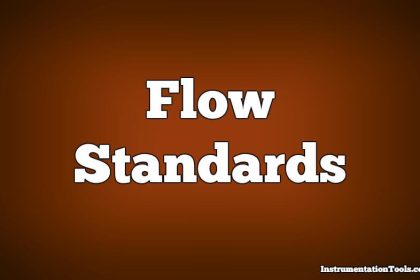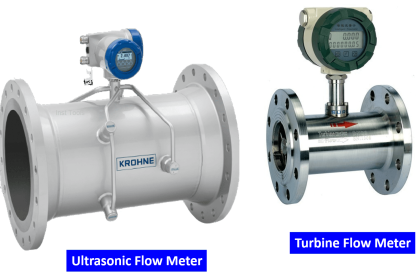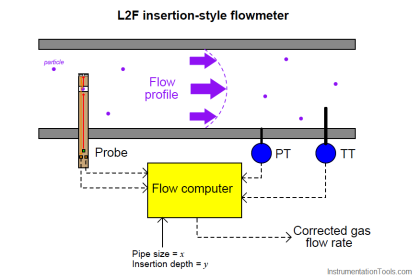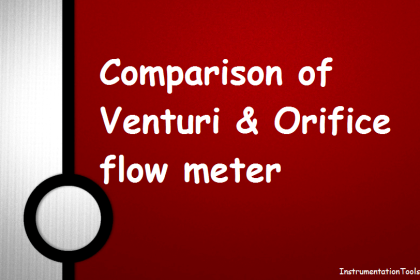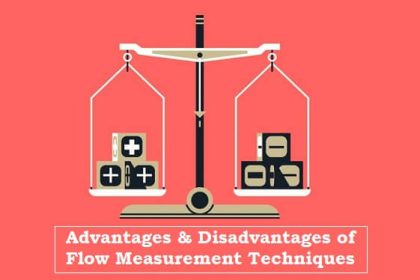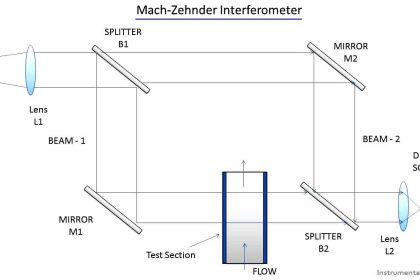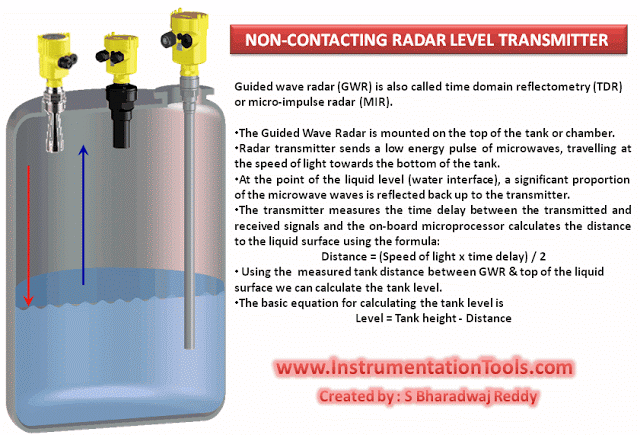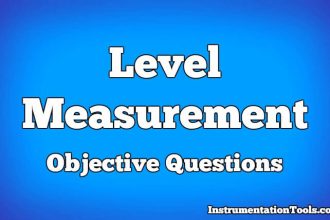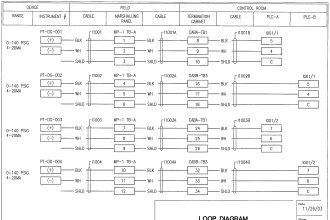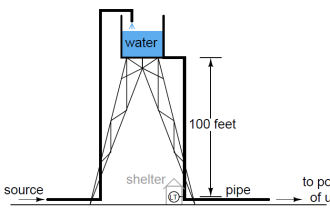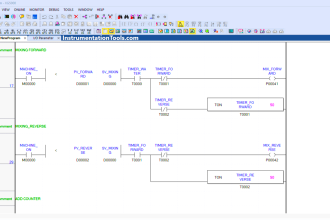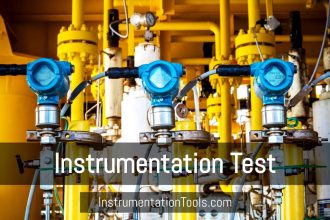An Orifice Flange is used in combination with orifice meters to measure the flow rate of oil, gas, and other liquids conveyed by the pipeline.
Orifice flanges are manufactured to ASME B16.36 in multiple sizes and, material grades.
Orifice Flange
An orifice flange is used to measure the flow of the fluid conveyed by the pipeline via a flow nozzle positioned on the flange itself. Pairs of pressure tappings are machined onto the orifice flange, making separate tappings on the pipe wall unnecessary.
An Orifice flange is a disc-shaped flange, engineered with either a Raised Face or a Ring Type of Joint facing.
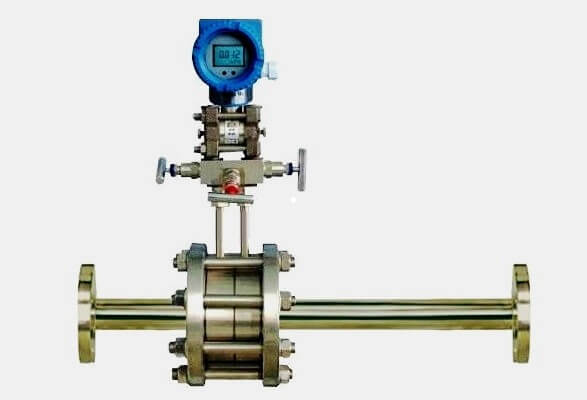
The traditional orifice flange assembly consists of a pair of flanges, orifice plates, bolts, nuts, gaskets, jacking screws, and plugs. Jacking screws ensure the easy removal of the primary flow element.
Orifice flanges are available in all ASTM forged grades (ASTM A105, ASTM A350, ASTM A694, ASTM 182 respectively for carbon, alloy and, stainless steel flanges), dimensions (combinations of nominal sizes and pressure ratings) and, in socket weld, threaded or weld neck shape (WN is the most used).
Purpose of an Orifice Flange
1. They are widely used with orifice meters to measure the flow rate of either liquid or gases, flowing through the pipe.
2. An orifice plate, a device measuring the flow of the inner fluid or gas, is secured between two orifice flanges, attached to the pipe.
3. The orifice plate contains a small hole; two pressure tap holes are drilled in each flange which helps in measuring the pressure built inside the pipe.
4. A ‘jack screw’ fitted between the two flanges, it enables to separate the flanges during inspection or replacement process.
Applications of Orifice Flange
These flanges are used in the following industries:
- Heavy and light chemicals
- Steel
- Paper
- Nuclear
- Petrochemicals
- Sewage treatment
- Water treatment and distribution
- Power Generation
- Oil production and refining
- Gas Processing and transmission
Reference :
If you liked this article, then please subscribe to our YouTube Channel for Instrumentation, Electrical, PLC, and SCADA video tutorials.
You can also follow us on Facebook and Twitter to receive daily updates.
Read Next:
- Flow Nozzle Principle
- Types of Flow Sensors
- Flow Meter Totalizer
- Turbine Meter Factor
- Flow Standards
